- Trips
- Tour Calendar
- About Our Tours
- Plan a Trip
- Book a Trip
- About Us
- Contact Us


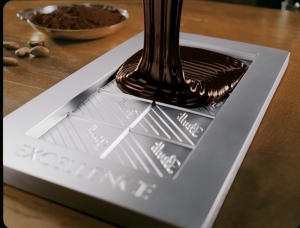
The transformation of choolate from a gritty, bitter paste to the silky confection known today, owes much to the creativity and ingenuity of Swiss chocolate pioneers. Many of the key developments and processes in the creation of chocolate originated in the town of Vevey on the shores of Lac Léman (Lake Geneva) in French-speaking western Switzerland.
Today, the chocolate industry is a highly visible and important sector of the larger food industry in Switzerland and the Swiss economy in general. Annual revenues of chocolate production in Switzerland are about 1.5 billion Swiss francs (about $1.5 billion). The Swiss produce about 180,000 tons of chocolate per year. Of that total production, about 39% is sold in Switzerland and 61% is sold abroad.
1800 – Unsweetened cacao mass is sold by druggists as an expensive elixir and tonic, designed to be consumed as a hot beverage.
1806 - Records show that Vevey Switzerland was already home to seven chocolate factories, and had already been established as a hub of chocolate production.
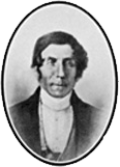
1819 – François-Louis Cailler (1796-1852) invents the mechanized production of pressed chocolate. He opens a chocolate factory in Vevey to produce Switzerland’s first mass-produced chocolate confection. Chocolate becomes more affordable and is sold as a packaged product. It is gritty and crumbly.
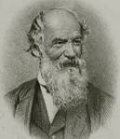
1826 – Phillippe Suchard (1797-1884) invents a commercial mixing machine for sugar and cocoa mass. Swiss chocolate becomes tastier, but it’s still gritty and crumbly.
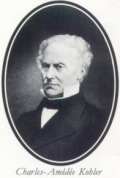
1830 – Charles-Amadeé Kohler (1790–1874) buys a mill in Lausanne to establish a chocolate factory. He combines chocolate with hazelnuts—still today, the most popular chocolate “mix in” in Switzerland.
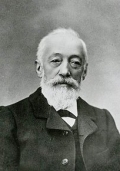
1867 – Daniel Peter (1836-1919), François-Louis Cailler’s son-in-law, starts producing chocolate under the name Peter-Cailler.
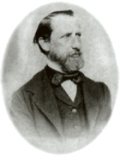
1875 – After seven years of effort, Daniel Peter, a neighbor of Henri Nestlé (1814-1890) invents milk chocolate in Vevey. Nestlé’s powdered milk replaces the more expensive cacao butter, and chocolate becomes sweeter and more affordable. Today, the site where milk chocolate was created is marked by a plaque on a building at 14 rue des Bosquets in Vevey.
1879 – Henri Nestlé and Daniel Peter join forces to form the Nestlé Company.
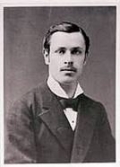
1879 – Rudolf Lindt (1855-1909) produces the first melting, or “fondant” chocolate made with a conching machine. Swiss chocolate becomes a silky, melt-in-your-mouth confection with the quality and texture we know today.
1899 - Lindt sells his factory and the secret of conching to Chocolat Sprüngli AG, who have operated as Lindt & Sprüngli AG since. Sprüngli paid 1.5 million gold francs for the marketing rights and the recipe. Soon, the secret of the conching gets out and other chocolate producers adopt the technique.
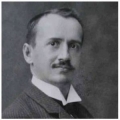
1908 – Theodore Tobler (1876-1941), based in Bern, invents Toblerone, a milk chocolate with nougat, almonds, and honey.

1930s – White chocolate is invented in Vevey by the Nestlé Company. White chocolate is made with cocoa butter, sugar and milk (but no cocoa bean mass), resulting in a product that melts like chocolate, but tastes sweet and milky.
On an Alpenwild food tour or chocolate tour in Switzerland you visit many of the historic sites in the development of chocolate and immerse youself in the traditions and manufacturing processes of chocolate. Then you discover the results of how the Swiss have perfect chocolate as you visit some of the leading Swiss chocolate makers and the finest chocolatiers in Switzerland. Chocolate Tours in Switzerland.